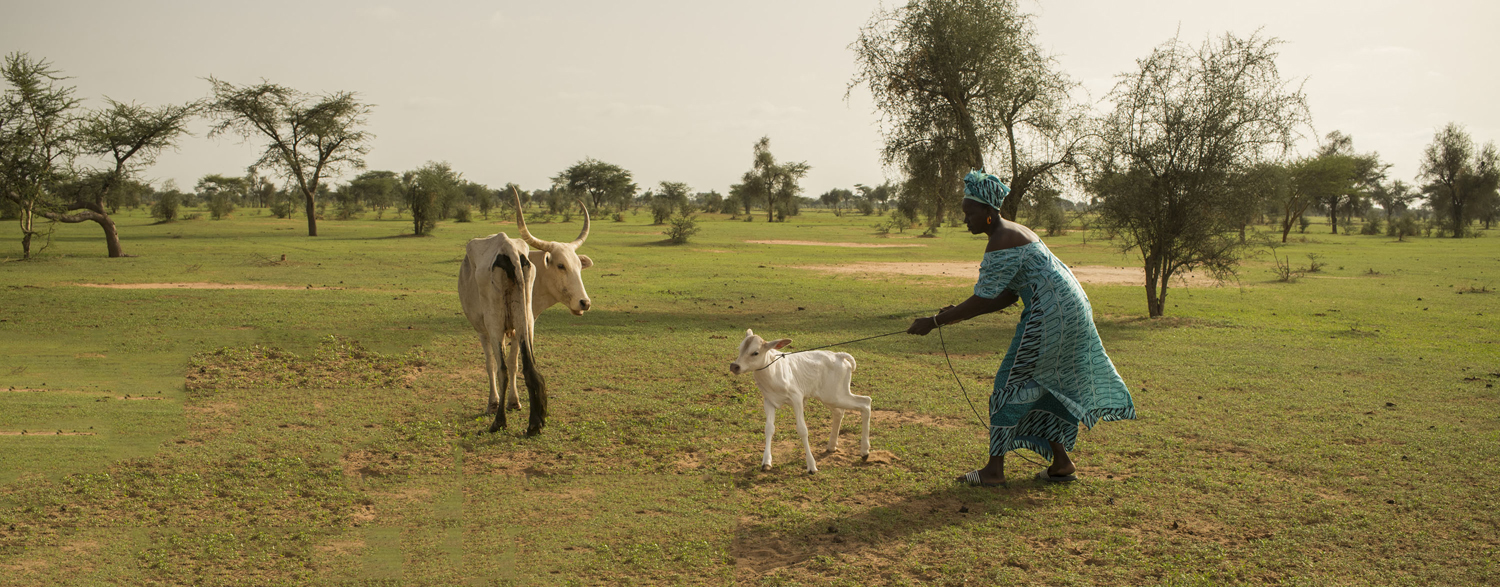
Decoding pathogen spillover: Understanding the origins of zoonotic threats
In an increasingly interconnected world, the health of humans, animals, and our shared environment is inextricably linked. We've seen this truth laid bare by recent global animal and public health crises, often stemming from pathogens that make the leap from animals to humans. These events, known as "spillover" are not random occurrences but rather the result of extremely complex interactions that we are only just beginning to fully understand. Sixty percent of all human infectious diseases are zoonotic in origin, and some 75 percent of emerging infectious diseases jump species – a stark reminder of this fundamental connection.
FAO works alongside partners to decode the intricate origins of zoonotic threats. Our goal is not just to react to outbreaks, but to anticipate, prevent, and mitigate them, building more resilient agrifood and global health systems.
What is spillover?
Spillover occurs when a pathogen, typically a virus or bacteria, jumps from an animal host into a human population. While any pathogens can circulate harmlessly within animal populations for extended periods, certain circumstances can facilitate pathogen cross-species transmission. Once a spillover event occurs, the pathogen, may or may not be able to spread from human to human. When it does, and especially when it gains the ability to spread efficiently, it can lead to localized epizootics, epidemics, or even global pandemics.
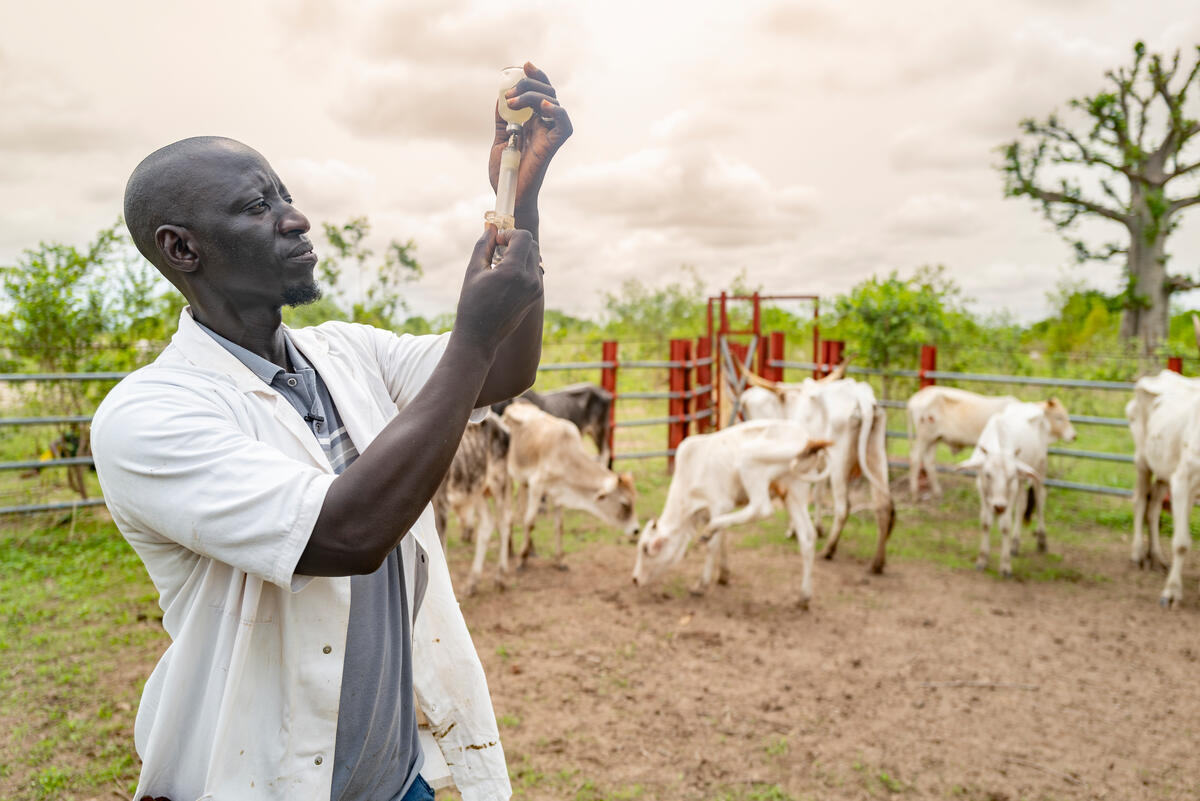
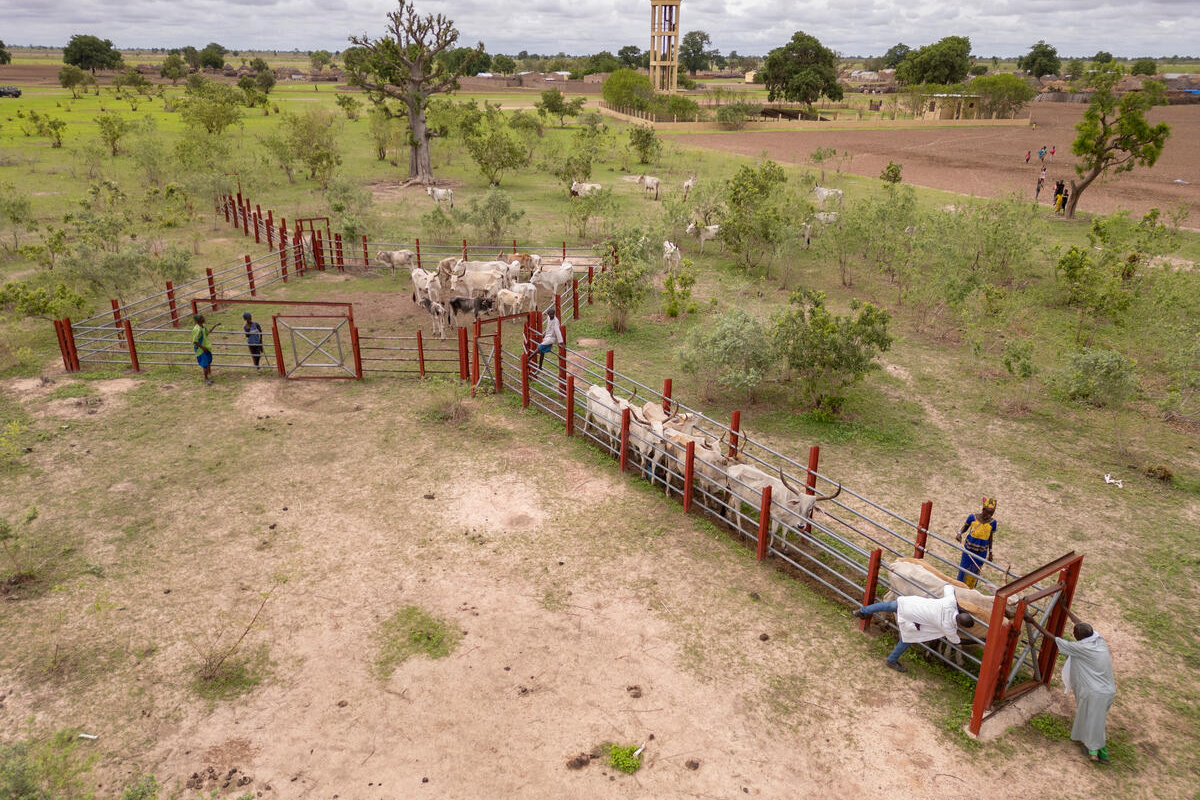
The interconnected drivers of spillover: Evidence and trends
Spillover events are rarely attributable to a single cause. Instead, they arise from a confluence of factors that is amplified at the interface between humans, animals, and the environment:
Changes in land use and deforestation: As human populations expand, forests and natural habitats are converted for agriculture, urban development, or resource extraction. This dramatically alters ecosystems, reducing biodiversity and forcing wildlife into closer proximity with human settlements and domestic animals. When natural barriers are removed, the opportunities for pathogens to jump species increase. FAO estimates that over 1.6 billion hectares of global land are degraded due to human activities, significantly increasing these interfaces and associated risks.
Intensified livestock production: The global demand for animal protein has led to intensified farming practices. Large numbers of genetically similar animals housed in close quarters can create ideal conditions for the rapid transmission and evolution of pathogens. While crucial for food security, these systems require stringent biosecurity and surveillance measures to prevent disease emergence. The spread of diseases like avian influenza, which causes outbreaks in poultry and poses threats to human health, underscores this vulnerability.
Wildlife trade and consumption: The capture, trade, and consumption of wild animals bring humans into direct contact with diverse species, often in unhygienic conditions, creating pathways for novel pathogens to spillover to humans. Markets where live animals are kept in close confinement are particularly high-risk environments. This was a significant area of focus during the SARS outbreak in 2003.
Climate change: A warming planet is altering ecosystems, shifting animal migration patterns, and expanding the geographical range of vectors like mosquitoes and ticks. This can bring pathogens into new areas and create novel opportunities for transmission between species, including humans. FAO reports that transboundary animal and plant pests and diseases are spreading faster with climate change, directly impacting food security and increasing health risks.
Global travel and trade: Our highly connected world means that a pathogen can spread rapidly across continents once it has spilled over. International travel and trade facilitate the movement of infected individuals, animals, and contaminated products, turning local outbreaks into global concerns within days. This interconnectedness is a key driver behind the need for robust international early warning and surveillance systems
Antimicrobial resistance (AMR): While not a direct driver of spillover, the overuse and misuse of antimicrobials in both human and animal health contributes to the emergence of drug-resistant pathogens. If a zoonotic pathogen spills over and is already resistant to common treatments, it complicates control efforts and can lead to more severe outcomes. The FAO Action Plan on Antimicrobial Resistance 2021-2025 specifically addresses the urgent need for responsible antimicrobial use in agriculture and aquaculture to curb this "silent pandemic."
Decoding and preventing spillover
FAO supports countries in preventing zoonotic pathogens spillover by strengthening animal health systems, enhancing disease early warning and surveillance, laboratory diagnostics, biosafety and biosecurity, and local workforce development through initiatives, such as the Pandemic Fund. Field veterinarians, farmers, and communities are trained in disease prevention, detection and reporting, safe animal handling, and responsible antimicrobial use. FAO also promotes sustainable agrifood systems that reduce ecological pressure and lower the risk of disease emergence, through biodiversity conservation, responsible land management, and diversified farming.
Find out more
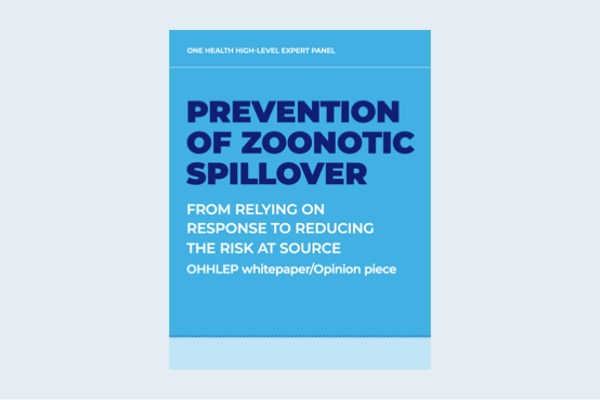
Publication
Prevention of zoonotic spillover
The white paper calls for enhanced prevention of zoonotic spillover within the triad of pandemic prevention, preparedness, and response.
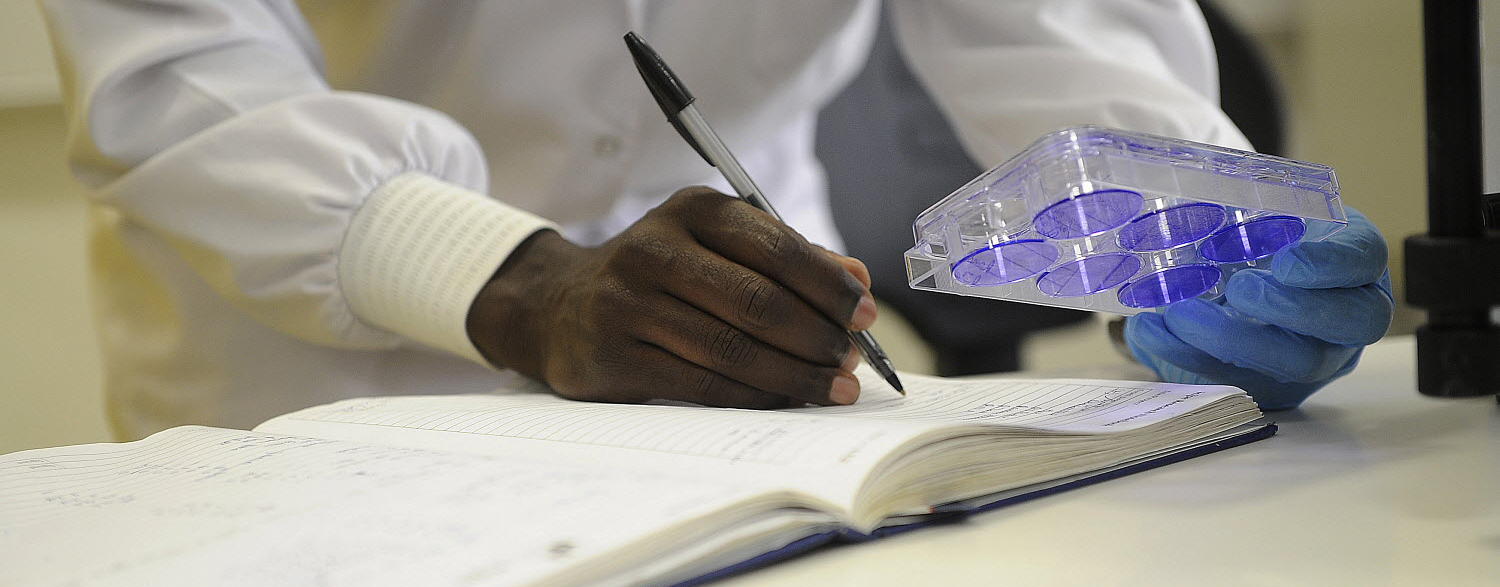
In depth
Zoonoses
Zoonotic diseases, or zoonoses, are diseases shared between animals – including livestock, wildlife, and pets – and people.
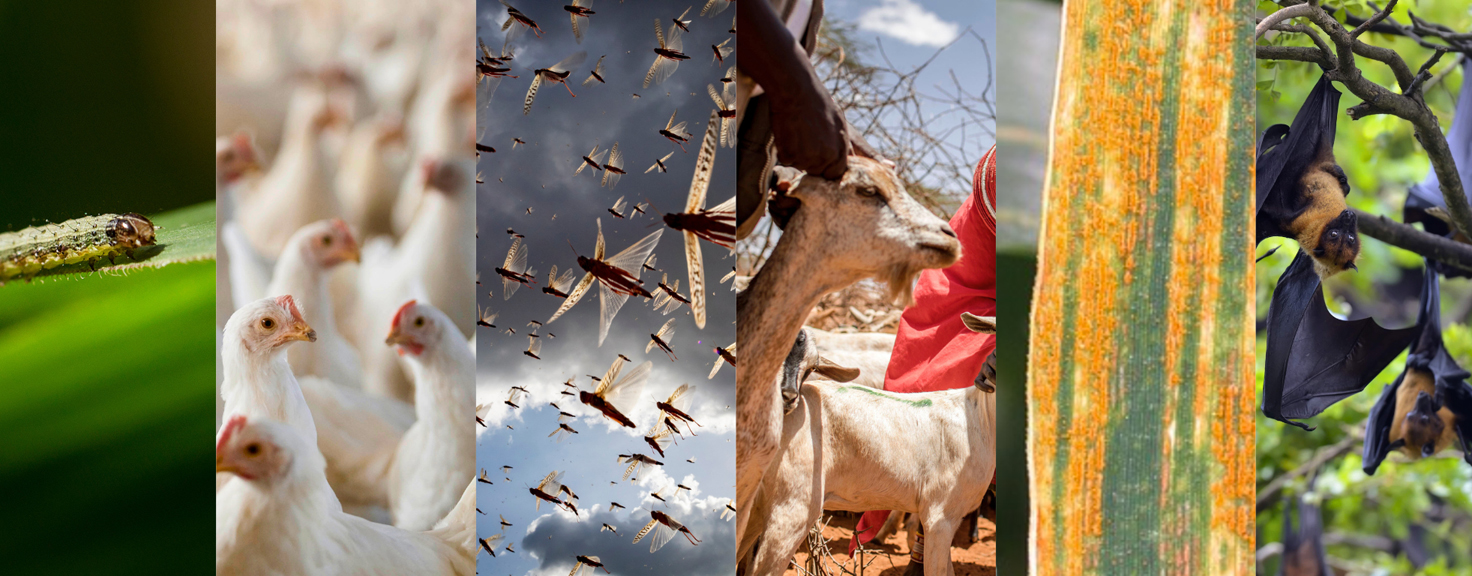
Highlights
What’s driving emerging plant and animal pests and diseases?
New pests and diseases are emerging more often – they impact the health of plants, animals, people, and the environment, requiring a One Health approach to manage them.
